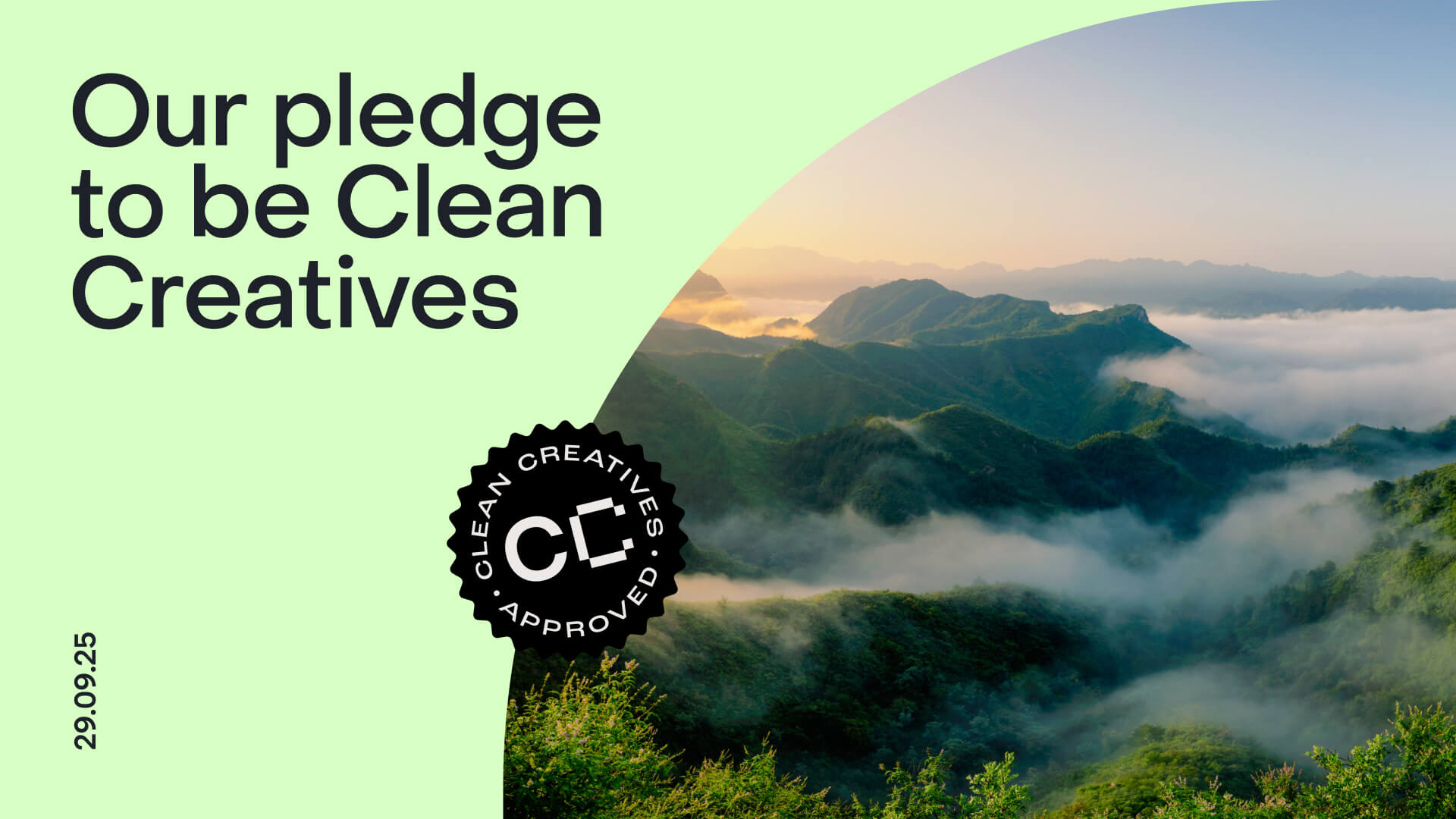The F-List: A wake up call

Evie Grove

Advertising has always shaped more than products or services, it shapes perception, culture, and, increasingly, the future of our planet. For decades, major agencies quietly helped fossil fuel companies craft narratives that softened public scrutiny and delayed meaningful climate action. They didn’t just sell energy, they sold the belief that oil and gas were unavoidable.
Clean Creative’s 2025 F-List, documenting over 1,200 contracts between agencies and fossil fuel companies, exposes the industry’s ongoing complicity. It reveals how even as global investment in clean energy soars, projected to reach $2.2 trillion in 2025, some of the world’s most powerful creative teams remain tied to clients whose practices contribute to environmental damage.
Why does this matter? Because design and communication are forms of influence. When agencies portray fossil fuel companies as responsible innovators, they shape the story the public believes. These narratives can obscure the reality of climate change, delaying urgent transitions to renewable energy. In other words, creativity isn’t neutral, it carries consequences.
The F-List shows the scale of the issue and highlights the need for accountability. It encourages agencies, clients, and creatives to examine not just what campaigns look like, but what they enable and normalise. It’s a subtle but profound shift: choosing not just what to design, but who you design for.
At its core, the F-List underscores a broader truth: culture is shaped by the narratives we tell and the ones we refuse to tell. The campaigns of today influence the planet of tomorrow. Every brief, storyboard, and pitch carries weight. The choice to work with, or step away from, fossil fuel clients isn’t just a business decision; it’s a design decision with the power to shift perception, investment, and ultimately, the future.
If you’d like to explore the full F-List, you can read it at cleancreatives.org/f-list.


.jpg)